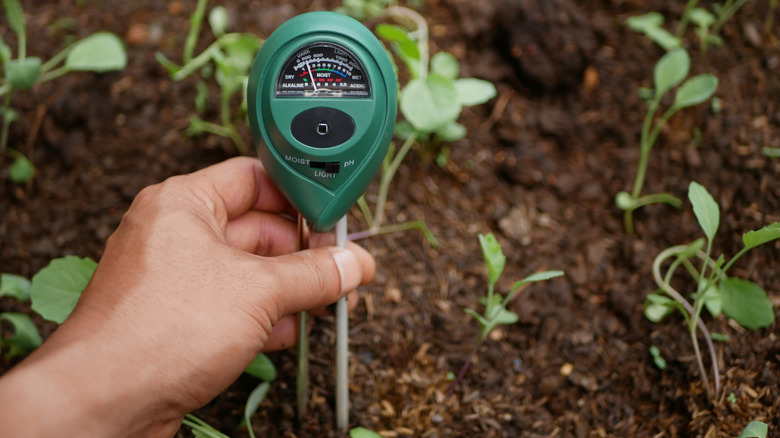Keeping plants appropriately watered is the most important part of gardening. Too much or too little water will kill your plants, so you always need to keep an eye on them to see when they need another drink. The top of the soil doesn’t tell the entire story, so you have to look beneath the soil. Many plants don’t need to be watered until the top 2 inches of soil are dry, and you can’t tell if they’re ready just by looking at them. But this is where the toothpick comes in: press the toothpick into the soil to see how dry or wet the soil is. If the toothpick comes out dry, you need to water your plant, and if it comes out with soil on it, it’s fine.
This method is pretty reliable since you’re getting a read of soil moisture directly from the soil itself. Toothpicks are typically 2.5 inches long, making them a great indicator for watering. If a small portion of the toothpick comes out darkened by moist soil, you can either water it or wait until it’s completely dry. It will ultimately depend on the length of your toothpick and the type of plant you have. When you have a variety of plants, the toothpick method is an easy way to avoid watering mistakes.
Checking soil is like checking a cake

If you’ve ever baked a cake or brownies, you might be familiar with checking if they’re done with a toothpick. In the kitchen, a wet toothpick means it needs to bake more, and a dry toothpick means it’s ready. Checking soil is essentially the opposite of that, but it’s the same idea. However, you’re not limited to toothpicks when it comes to plants since you won’t be eating the soil. You can use a chopstick, dowel, plant stake, or even your finger. If you use your finger to do this trick, you can feel the soil for yourself to determine if you should water your plant. Measure your finger to determine where the 2-inch mark is, then push it into the soil. If you don’t feel any moisture, it’s time to water.
Much like a cake, if your toothpick or tool of choice comes out muddy, it’s a sign of overwatering. Most plants need moist soil, not wet. Excessively wet soil causes plant stress by preventing roots from accessing oxygen, promoting weed and bacterial growth, and leaching out important nutrients. Make sure your growing space has sufficient drainage, including in-ground beds outdoors.